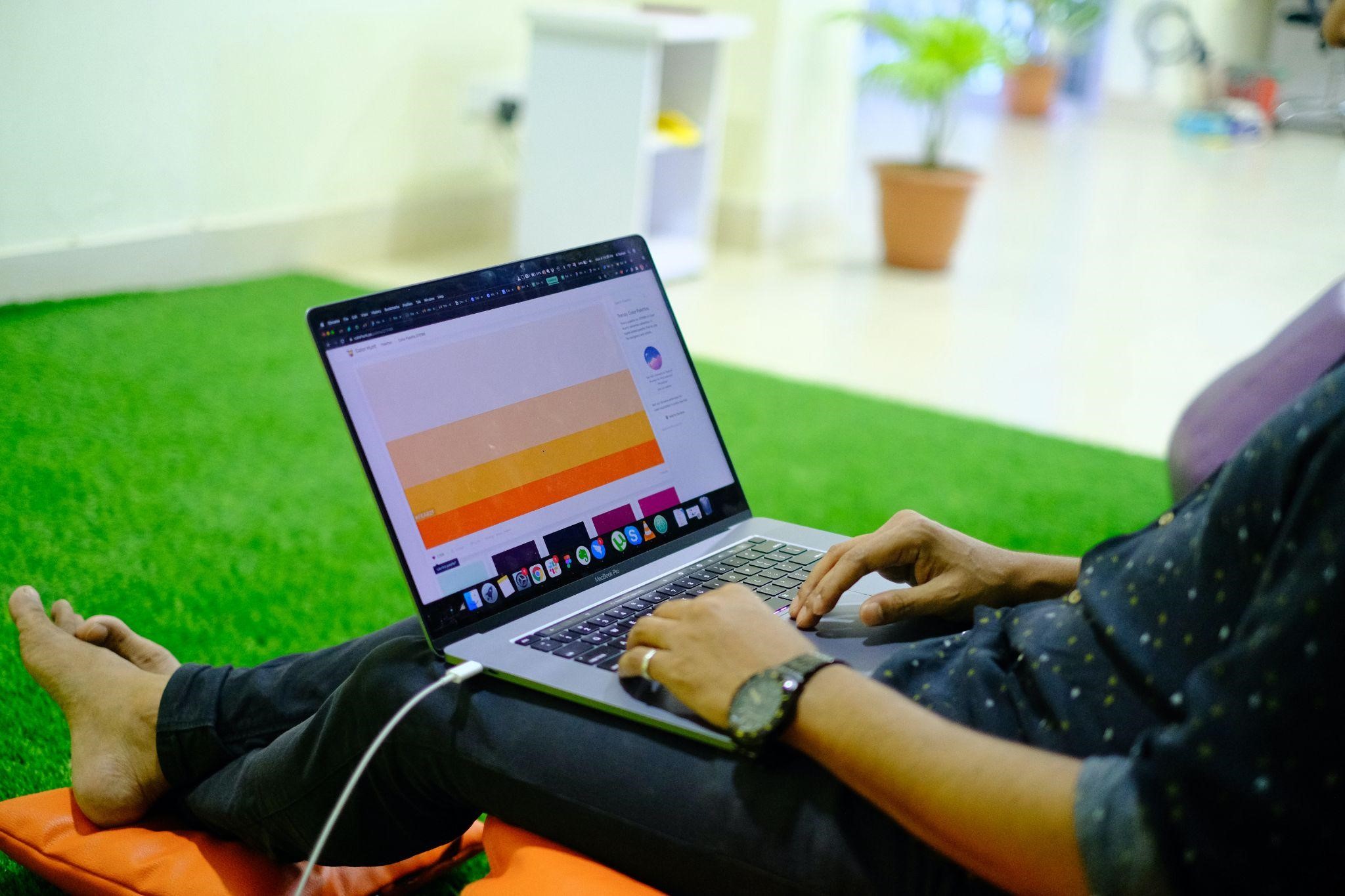The Power of Colors in User Interface Design: Understanding the Impact of Color Psychology
Using colours to achieve goals has been a part of UI design for many years. At first, colours merely marked different sections on a screen. In physical products, such as remotes, buttons have different colours, so we associate an action with a colour.
These cognitive associations are, in a way, the basis of colour psychology. Now, designers use colours strategically for users to act on specific associations and even emotional responses.
In this article, we discuss the power of colour psychology in user interface design and how this field of study can impact both the designer and the users.
Understanding Colour Psychology
When we talk about colour psychology, we are referring to the impact of colour choice on human emotions, thoughts, and behaviour. Colour psychology focuses on the variation of our emotional and cognitive responses to colours and how they influence our moods and actions.
Although we do not actively realise it, our brain reacts to colours and associates them with feelings. For example:
- Warm colours: red, yellow, and orange are stimulating colours that convey dynamics and excitement.
- Bright colours: pink, bright green, and yellow are perceived as happy colours.
- Cool colours: blue, green, and violet convey relaxation and peacefulness.
- Dark colours (and grey): black and navy are associated with seriousness and elegance.
- White: evokes feelings of calm and cleanliness.
Choosing Colours for UI Design
UI designers take advantage of the psychological effect of colours when developing the interface of a product. Choosing the right colours can help make the product more visually appealing to the users and evoke specific, desired emotions, which enhances their experience while interacting with the product or service. It is important to choose not only colours that can produce certain responses but also to pay attention to colour harmony, that is, whether the chosen colours work well together.
When deciding on colour palettes, you should consider the following factors:
- Brand identity
- Contrast for readability
- Accessibility
- Users’ cultural background
Cultural and Regional Differences in Colour Psychology
The meaning we attribute to colours is a result of our cultural background. For instance, while Western cultures associate red with passion and love, Asian communities perceive red as a colour that conveys luck and prosperity. Yellow symbolises happiness and positivity in the Western world, but Asian cultures associate it with betrayal.
There are many more examples of how the meanings and feelings attached to colours diverge depending on the location. For that reason, designers must consider these differences when creating designs for audiences around the world. They must research their target users’ cultural and regional associations to avoid getting negative reactions.
Besides researching, it is helpful to test the design and get user feedback to ensure the colour choices produce the desired effect. Designers should also be particularly careful in avoiding stereotypes that may occur from assumptions and poor research.
Colour Accessibility in UI Design
In addition to taking into consideration the regional and cultural differences regarding colour meaning, designers must also ensure their options are accessible to all users, including those with visual impairments, such as colour blindness or low vision.
Designers can and should employ techniques that enable visually impaired users to enjoy the product or service. The correct use of colour contrast – and by correct use we mean high-contrast colour combinations – can help these users distinguish between different UI elements. Furthermore, designers should avoid using colour alone in informative sections and use clear and readable fonts.
At last, the best way to ensure that the design makes the product or service accessible for everyone is by testing it and collecting feedback from users who rely on these details to enjoy the product/service.
Conclusion
Colour psychology is the study of how colours create emotional and cognitive responses in humans. If at first colours were simply associated with tasks, now designers choose colour palettes strategically to evoke feelings.
The UI design of applications relies on colour psychology to create a pleasant user experience for everyone, including visually impaired users. Designers use colours to create intuitive and easy-to-use interfaces enjoyed by the users They must, however, determine their target audience first to analyse the cultural and regional differences in the meaning of each colour.
If you want to ensure your application is working with the right colour schemes, seek the advice of a UI design agency, where experts can help you take advantage of colour psychology.

